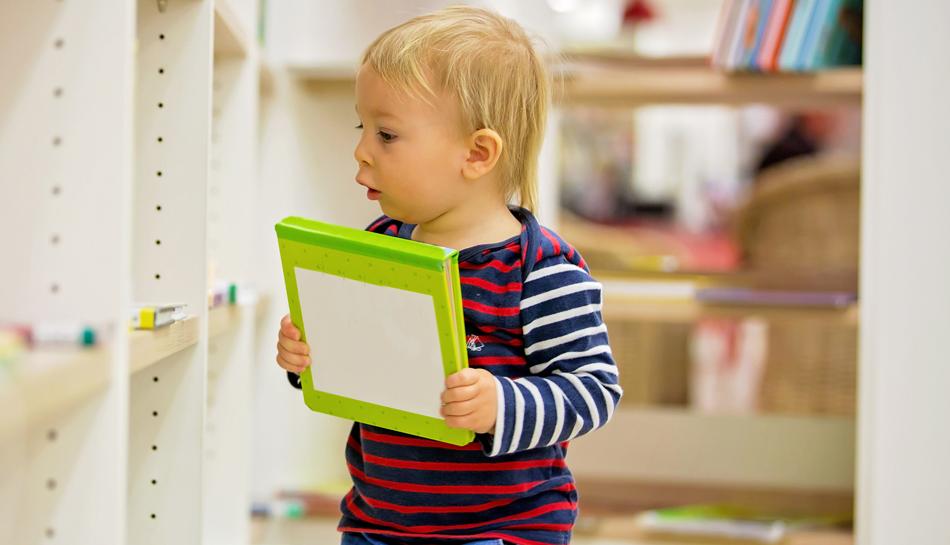
STARTING YOUR CHILD IN SCHOOL
Starting Your Child in School by Peter Davidson Here’s some advice on making your child’s transition to school a smooth and comfortable one, based upon our long experience with the subject.
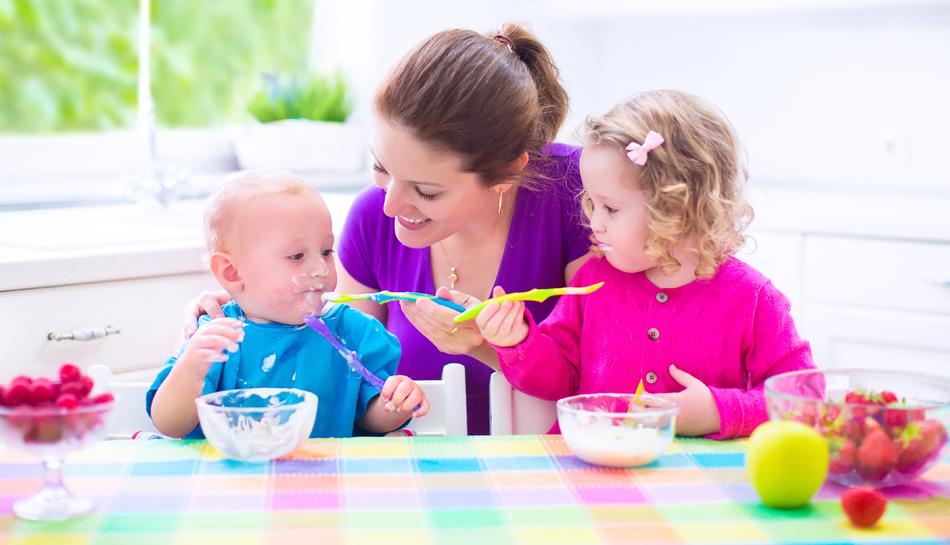
FOOD AND INDEPENDENCE
The road to independence is both biological and psychological and weaning is an important stage in advancing along this road. There is a time for everything and the good use of each stage can help the child to develop much better.
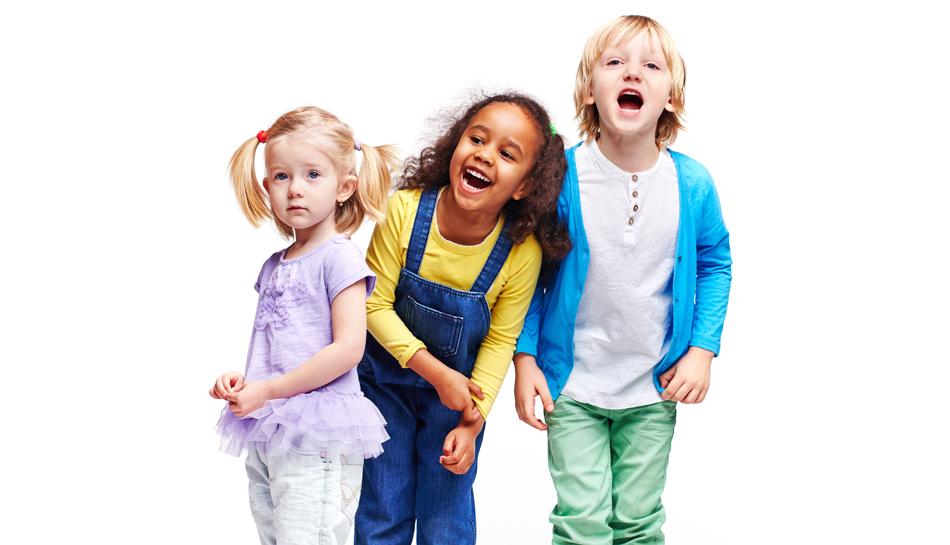
THE CRISES OF DEVELOPMENT
Much of what the adults in a Montessori environment (home or school) need to do for children, is related to the developmental crises of infancy.
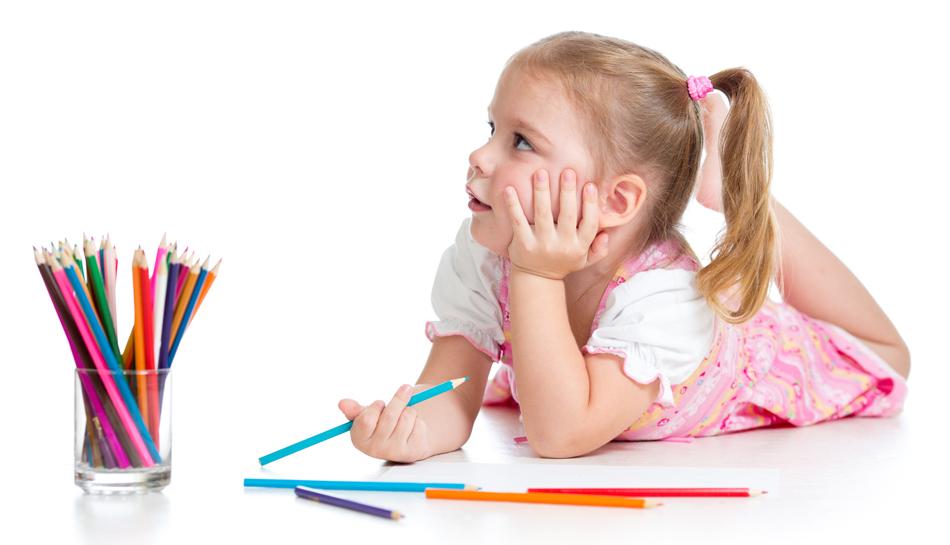
SCRIBBLES
Usually children of age group 0-3 are scribbling. Scribble – to write or draw in haste, without care, without legibility or value; make indecipherable or meaningless marks.
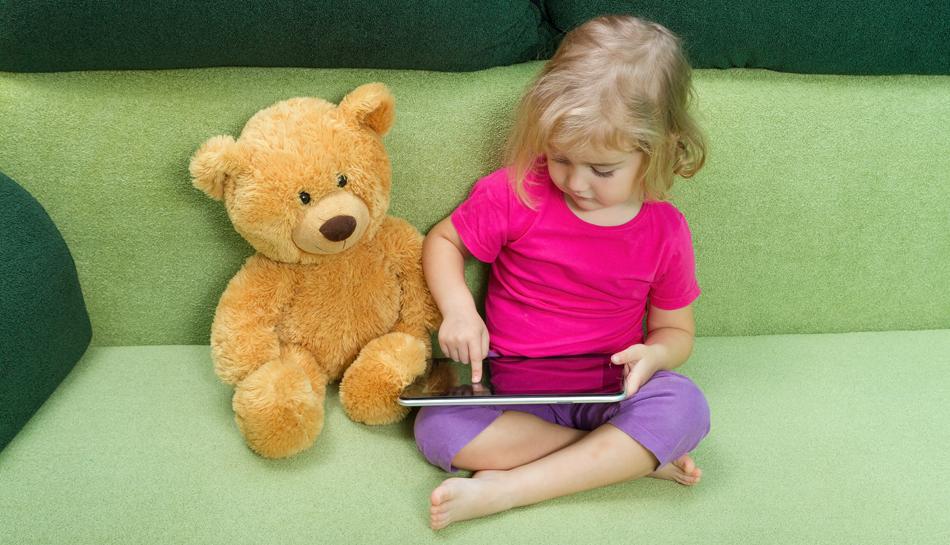
TECHNOLOGY TOOLS AND INTERACTIVE MEDIA
During the earliest years, infants and toddlers interact primarily with people. Their interactions with toys are usually in the context of human interaction as well.
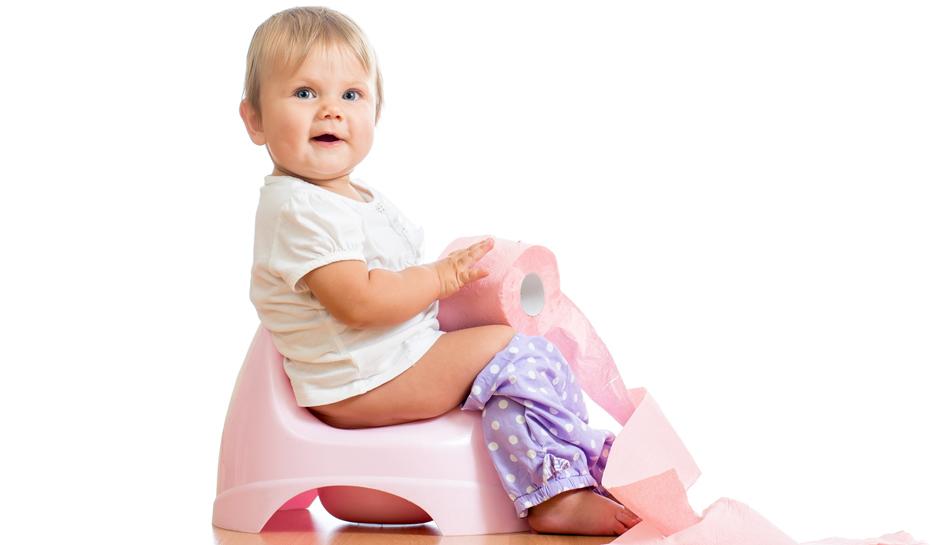
TOILET TRAINING
We often keep the children at a lower stage of development - pacifier and diapers until 5 years old; the child can go well by himself, but we still transport him in a stroller, he can eat independently, but we still feed him etc. Toilet training is a very important step to independence. It gives the child: - Attitude “I can do it”; - New stage of development.
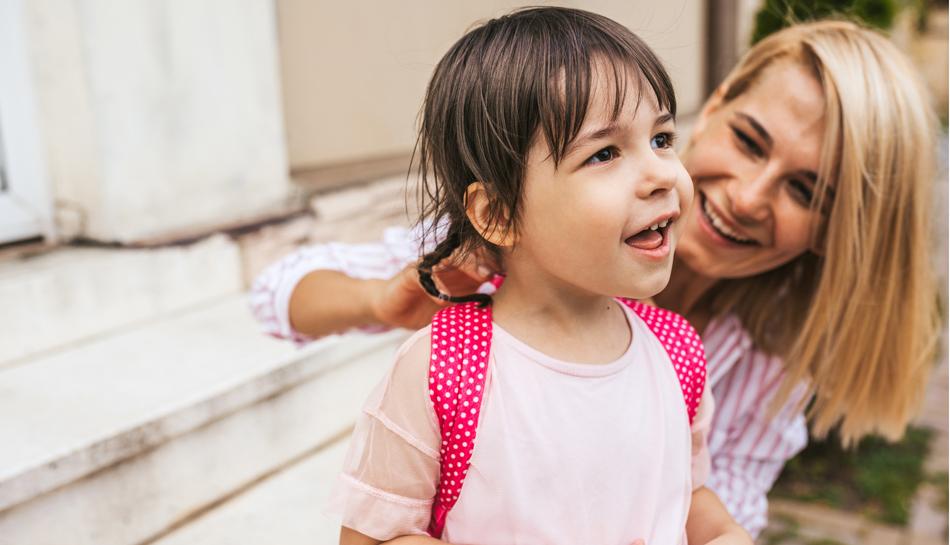
THE PERFECT ARRIVAL
The night before - provide a nutritious evening meal free of harmful additives (videos, television, cell phones, computers …) accompanied by interested and interesting family members;
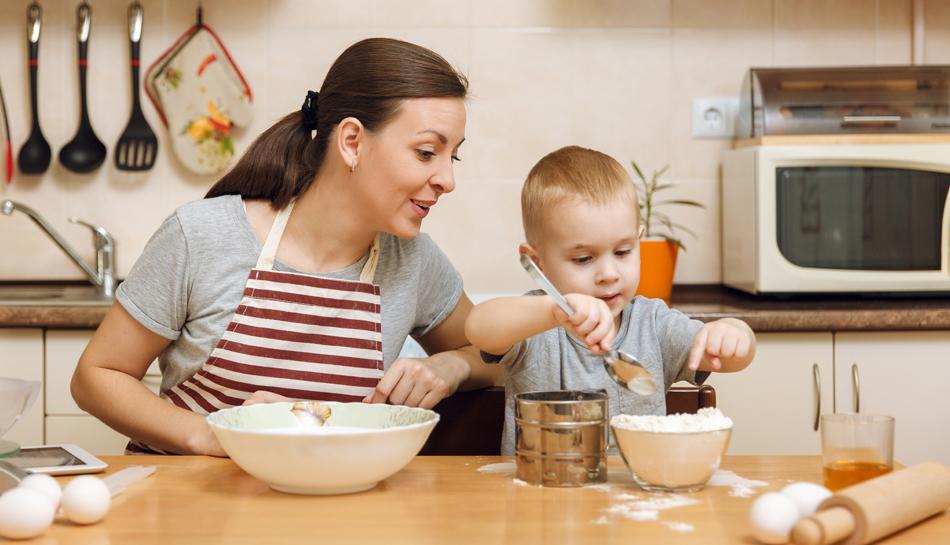
BENEFITS OF THE PRACTICAL LIFE ACTIVITIES
“With practical tasks, we can keep children happily occupied while their movement improves in coordination, their egos develop and are reinforced and the personal security and self-esteem continue to be enhanced.
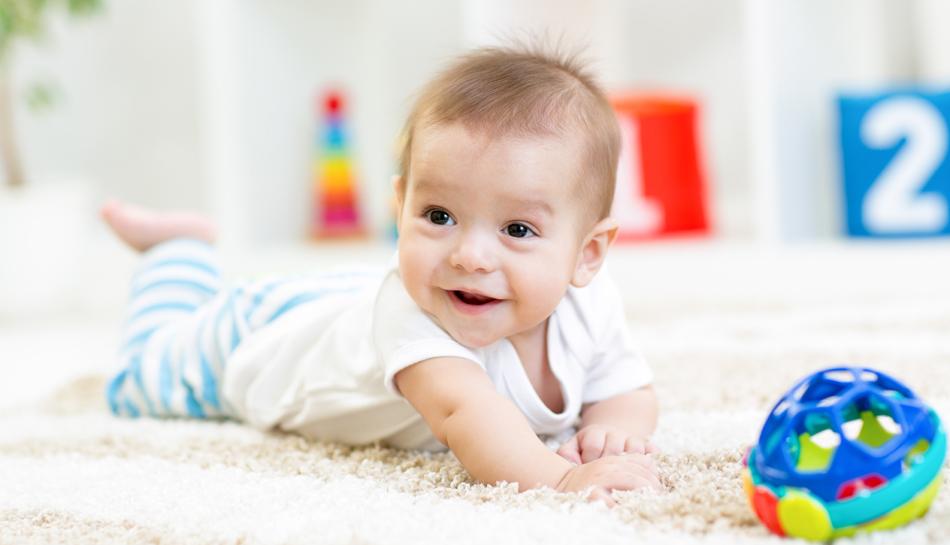
10 THINGS YOU CAN DO AT HOME TO SUPPORT THE DEVELOPMENT OF YOUR CHILD’S MOVEMENT
From the very beginning provide a floor bed, which allows for free movement, in a bedroom prepared with safety in mind.
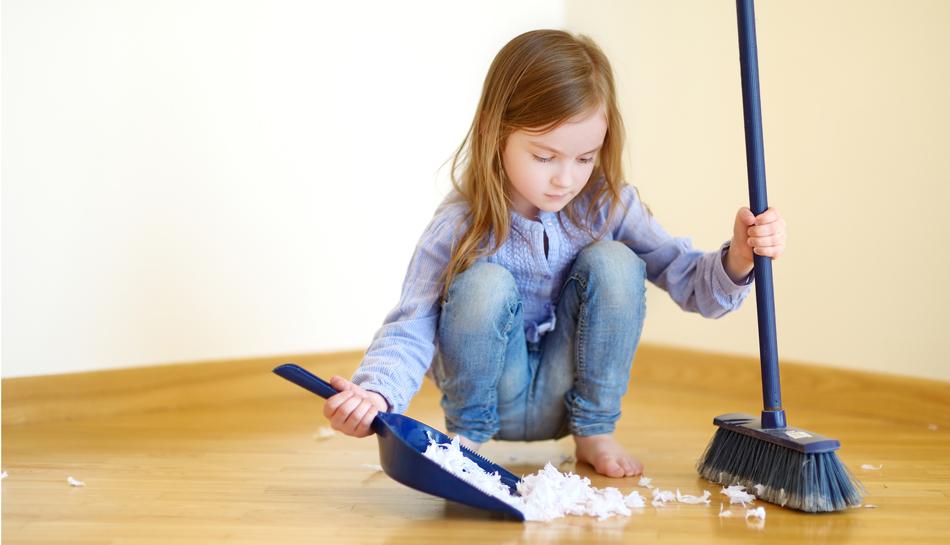
10 THINGS YOU CAN DO AT HOME TO SUPPORT YOUR CHILD’S GROWTH IN SELF-DISCIPLINE
Prepare her environment with furniture and equipment that are the child's size.

10 THINGS YOU CAN DO AT HOME TO HELP YOUR CHILD TO COMMUNICATE
Create a calm and quiet environment for your baby and protect him from loud noises and electronic sounds. Minimize the sound of television and background noise to create a peaceful environment. Make the human voice the sound he hears most often.
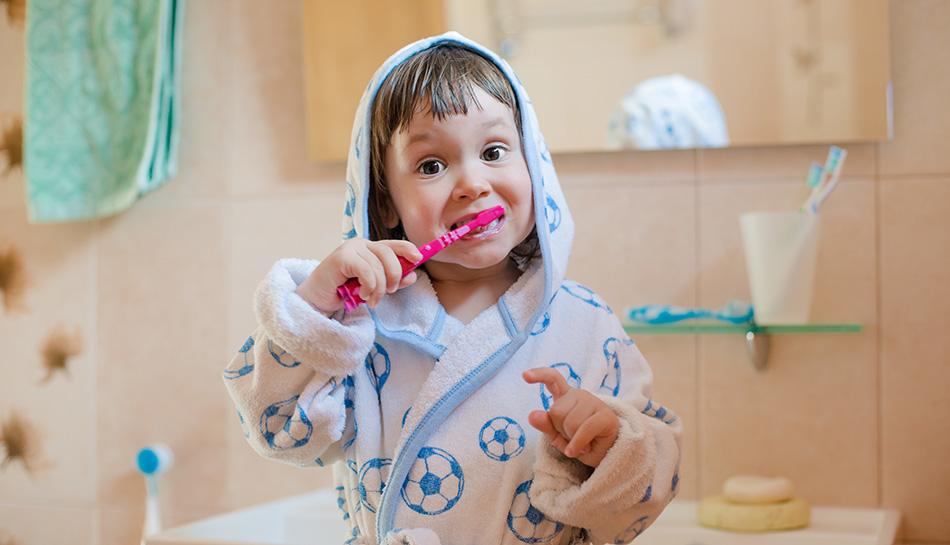
10 THINGS YOU CAN DO TO ENCOURAGE INDEPENDENCE
Offer clothes that allow for independence: shirts that easily pull over her head, bottoms with an elastic waist, Velcro-style fastenings, and snap fastenings that she can do for herself.